ABOUT Directed
We aim to reduce vulnerability to extreme weather events and foster disaster-resilient European societies by promoting interoperability of data, models, communication and governance on all levels and between all actors of the disaster risk management and climate adaptation process.

By loading the video, you accept YouTube's privacy policy.
Learn more

Project Mission
Directed promotes multi-risk thinking in interdisciplinary research to overcome silos and enable interoperability.
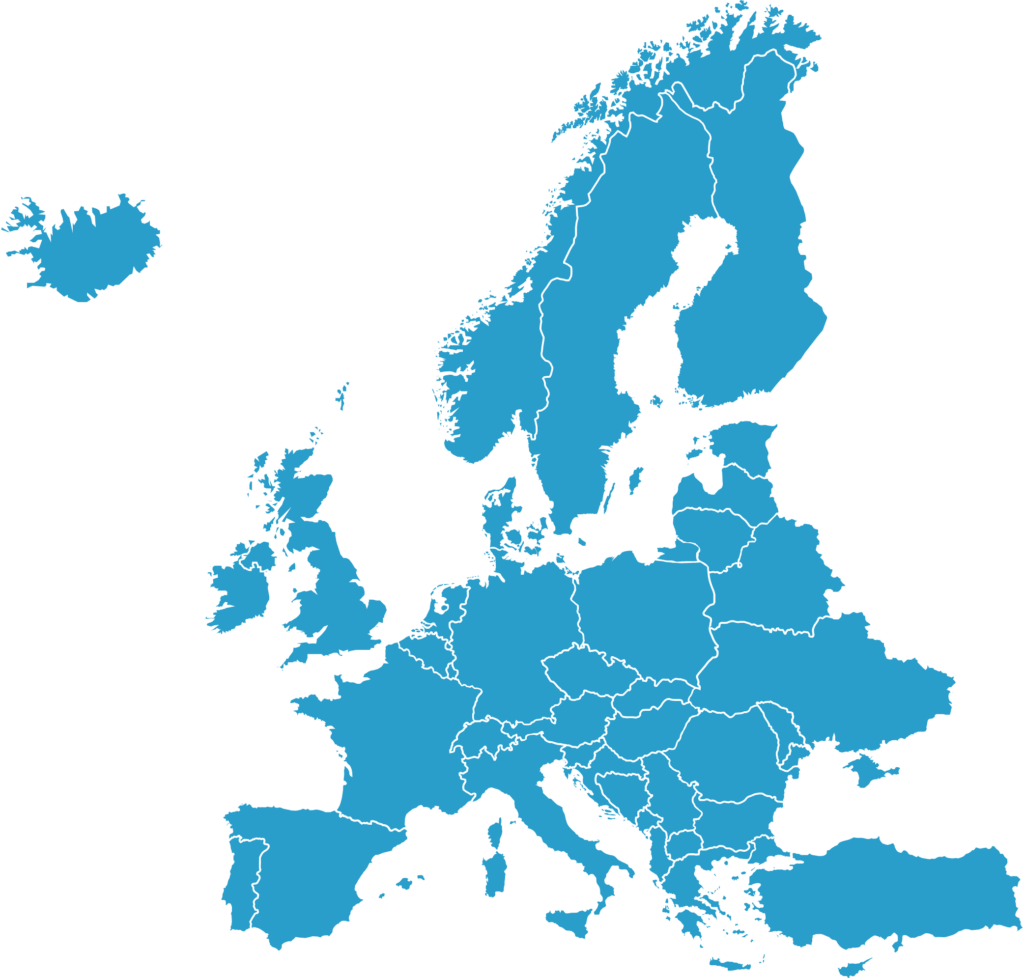
Real World Labs
Four Real World Labs in Europe are at the center of our co-development approach.

About Us
Directed, a project set to improve climate disaster risk management across multiple civil authorities and first responders in Europe.
NEWS
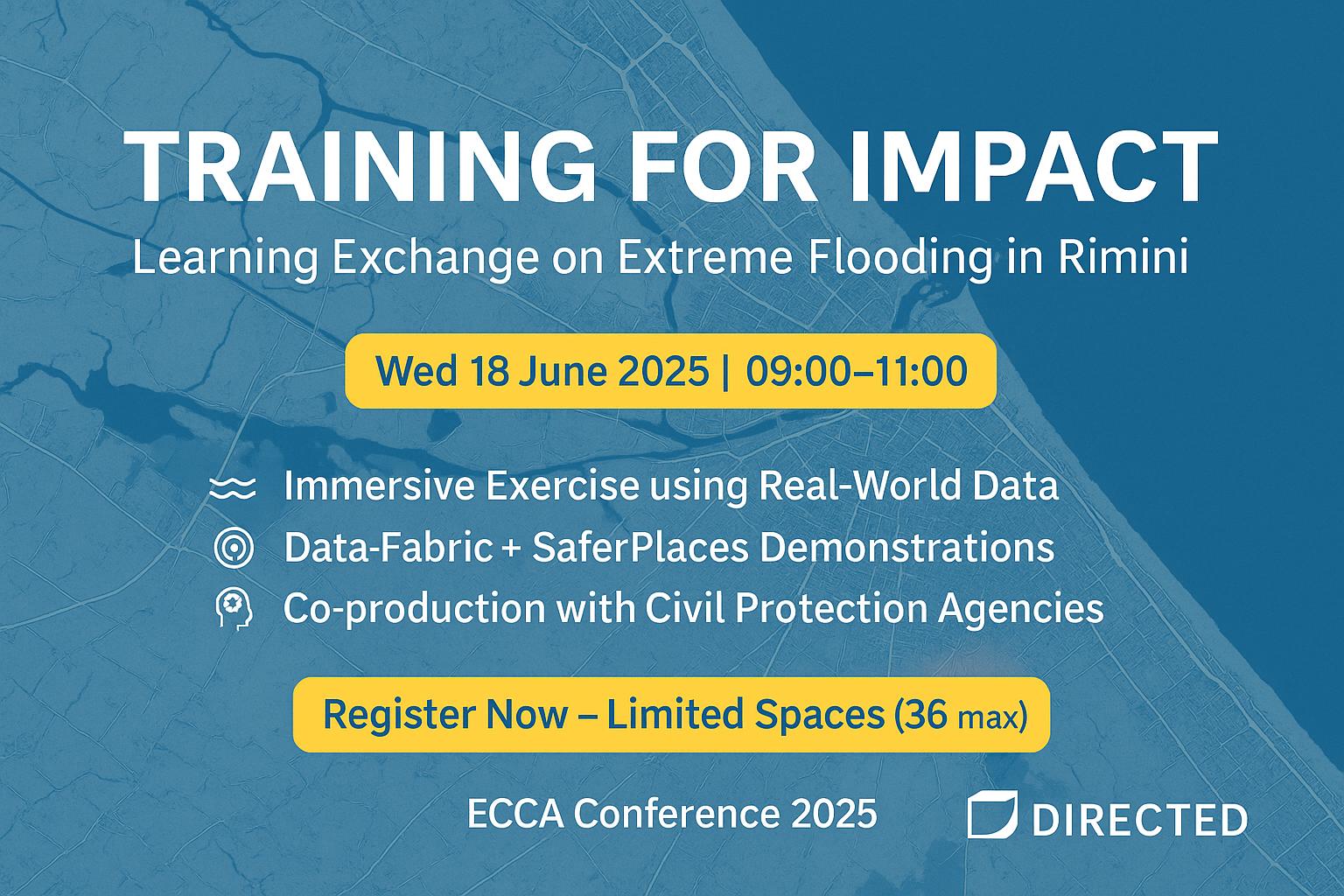
Training for impact: Learning exchange on extreme flooding in Rimini using interoperable tools and governance frameworks
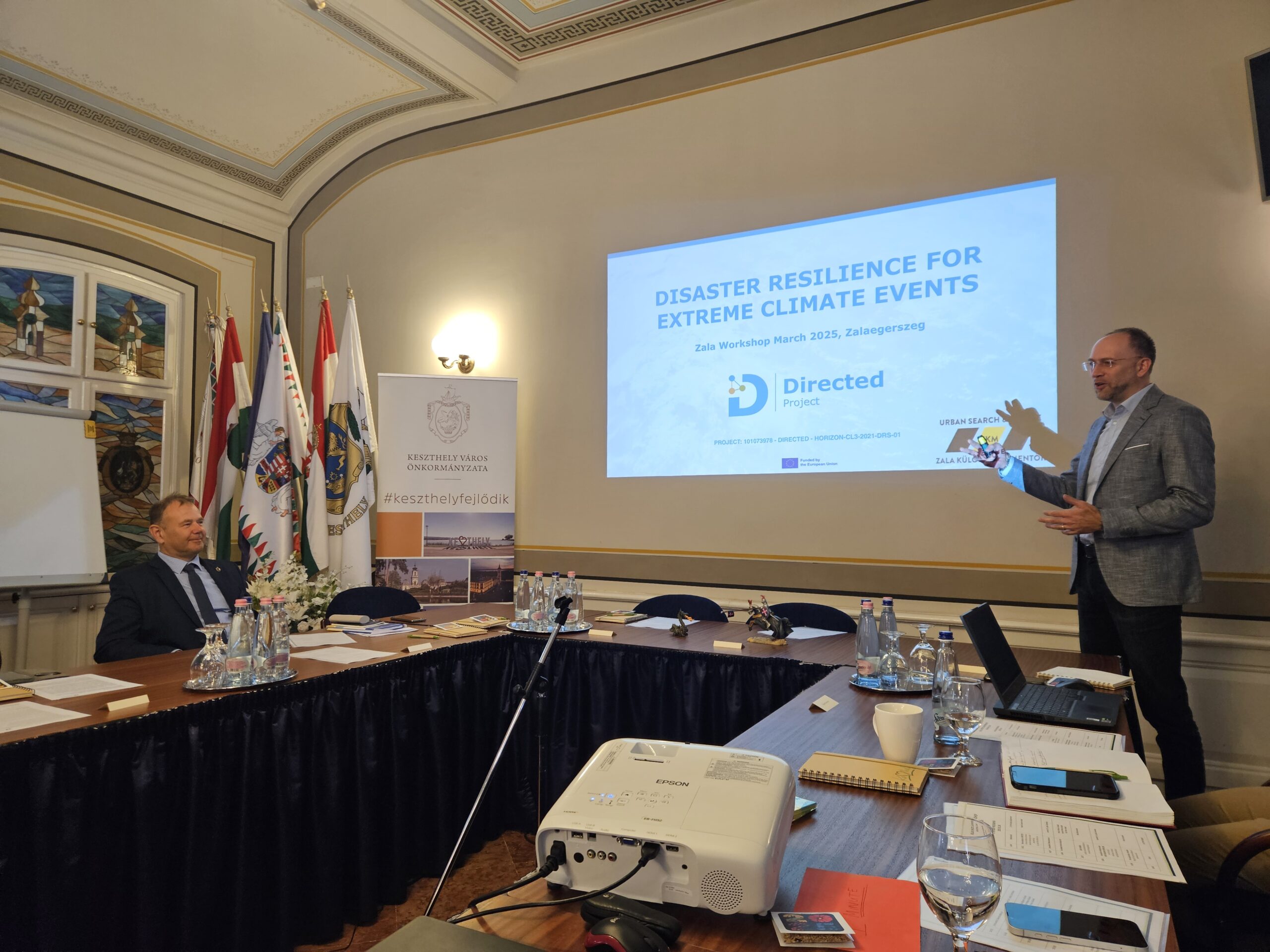
Building awareness and collaboration on local climate and disaster resilience - DIRECTED Workshop at West Balaton, Hungary
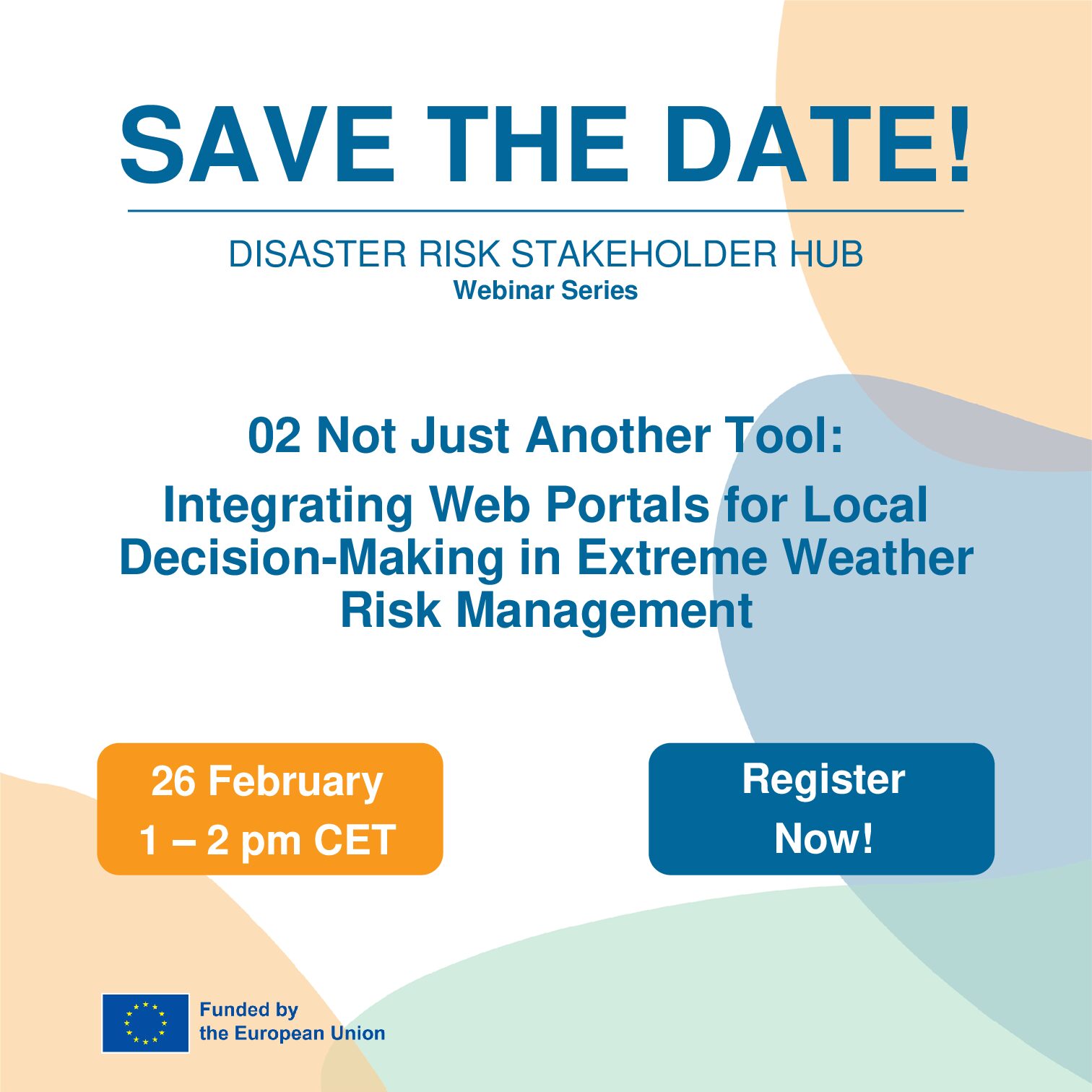
Webinar: Disaster Risk Stakeholder Hub
BLOG
PRODUCT SOLUTIONS
Directed will boost the integration, accessibility and interoperability of data, models and tools supporting Climate Change Adaptation and Disaster Risk Management: from early warning systems through communication and climate change risk assessment tools.



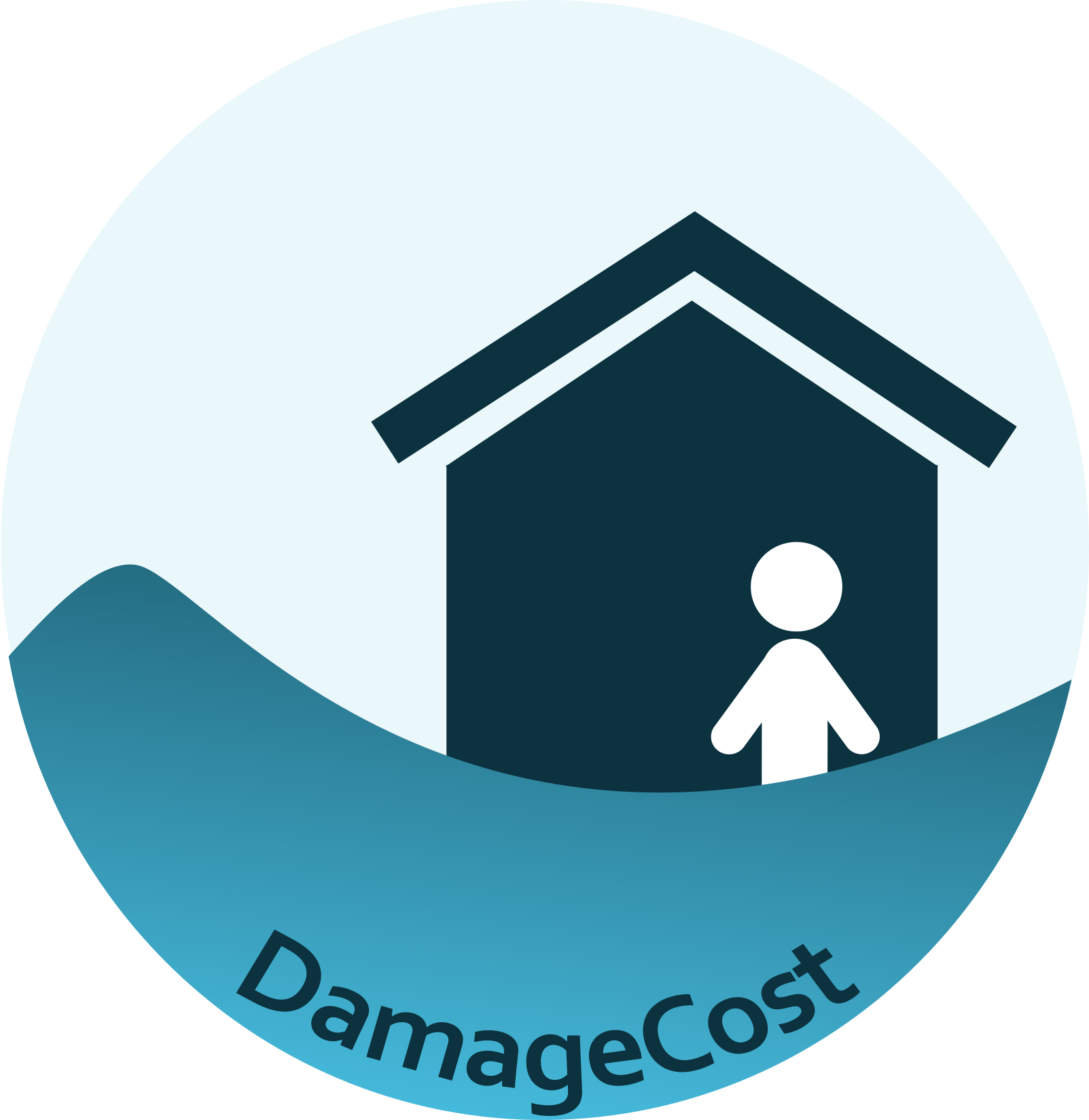



CONTACT US
Technische Universität Braunschweig
Dept. of Hydrology and River Basin Management
Leichtweiß-Institute for Hydraulic Engineering
Beethovenstrasse 51a, 38106 Braunschweig, Germany






